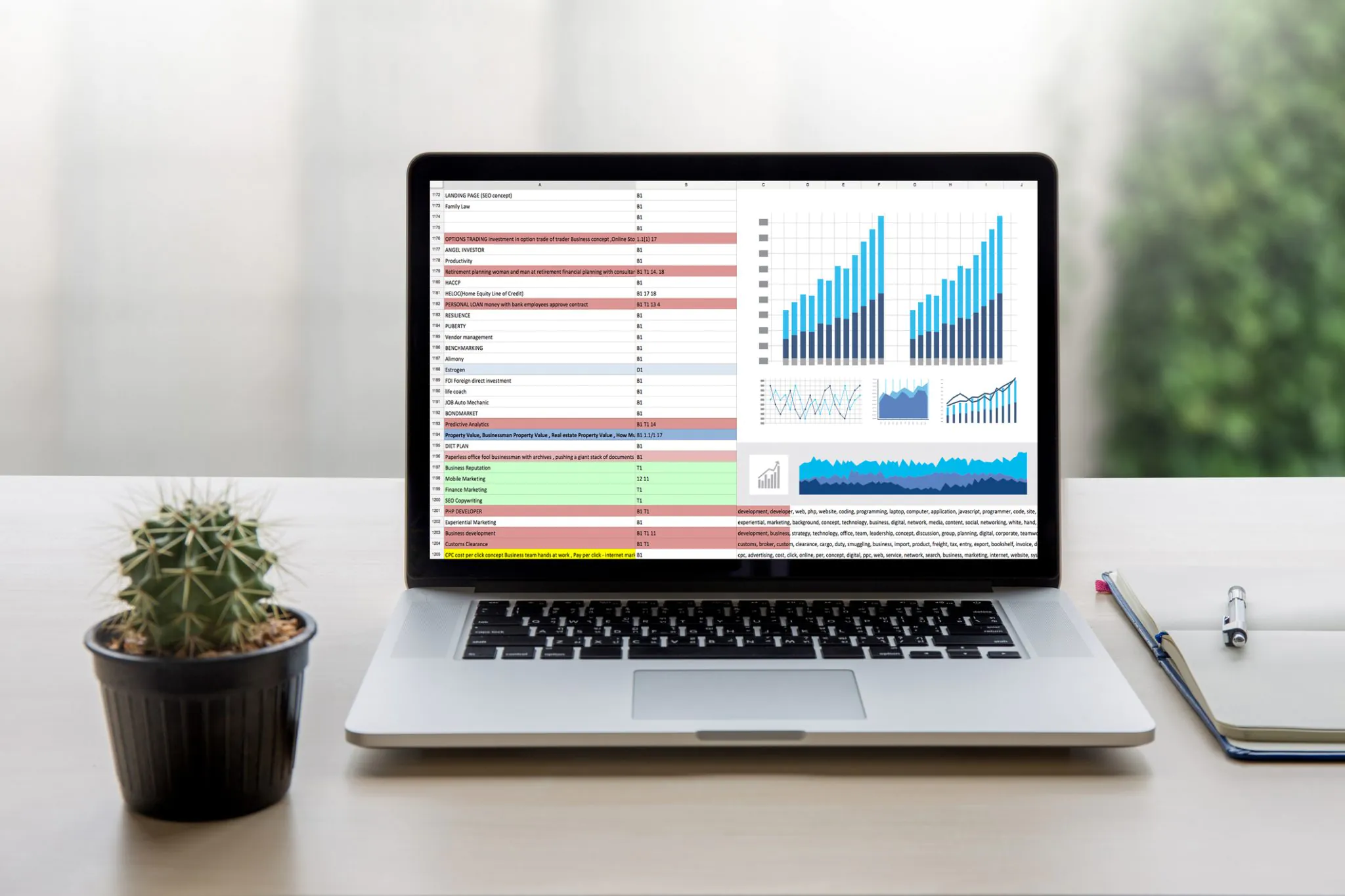Norway’s fishing industry, also known as fisheries or aquaculture, is world-renowned for supplying some of the best seafood to the global market. Thanks to the country’s long coastline with wide seabeds and great climate conditions, the fish industry in Norway has been growing steadily over the last 40 years. Today, the seafood industry is Norway’s second largest contributor to its national economy, after the oil and gas industry. Due to volume seafood exports and production, Norway remains the world’s second largest seafood exporter in 2017.
Why the Global Market Is Hot for Norway’s Fishing Industry
Norway’s fishing industry includes traditional fishing, fish farming and processing of all kinds of seafood at onshore facilities. The traditional fishing method is still in use, while at the same time new aquaculture technologies and modern methods have been introduced to increase output while maintaining the sustainability of the environment.
As the seafood industry in Norway continues to boom, new business opportunities are being created in this rapidly growing market. BizVibe’s platform helps buyers and sellers identify new product sourcing opportunities with the best production experts from the top seafood and fish suppliers in Norway. The business networking platform is targeted towards companies that want to simplify the buying and selling process, get product quotes quicker and reach leading seafood suppliers in Norway.
Grow Your Business with BizVibe: Connect with the Leading Seafood and Fish Suppliers in Norway
Norwegian Seafood and Fish Industry Statistics
According to recent figures from Statistics Norway, Norway’s fishing industry delivered over 2.3 million tonnes of seafood in 2015, including fish, crustaceans, molluscs, and other seafood products. The landed value of the catch totaled NOK 16.9 billion or USD $2.2 billion. The most important seafood products caught and farmed in Norway’s seafood and fish industry include cod, salmon, herring, capelin, mackerel, and king crab. Approximately 90 % of Norway’s catch volume comes from stocks in zones shared with other countries.
Getting deeper into Norwegian fishing industry statistics, the Eurofish Association, also reports that while the production of Norway’s seafood industry has increased significantly over the last 15 years, the number of registered vessels and fishermen has fallen steadily. In 2016, 11,146 people registered fishing as their main occupation, half as many as the amount registered in the early 1990s. In total, 5,887 vessels were operating in 2015, of which 80 % were coastal vessels with a hull length of fewer than 11 meters, typically operated by one person.
Must Read: Top 10 World’s Largest Food & Beverage Companies in 2017
Norway Fish Exports
As the world’s second largest seafood exporter, Norway’s seafood and fish products are well acknowledged and widely consumed in over 146 countries around the world. In 2016, Norway exported a record high of $10.5 billion worth of seafood to the global market, representing nearly 10% of the world’s total seafood supplies in that year. Some of the top importers of Norwegian seafood and fish products include Poland, France, Denmark, the UK, the USA, and Japan.
Norway’s leading position in the global seafood and fish industry has also attracted a significant number of buyers and traders from all over the world. To help your seafood business stay at the peak of the industry, BizVibe provides the best solutions to source products and make business deals with the top seafood and fish suppliers in Norway. As Norwegian seafood production continues to storm the market, don’t miss your chance to connect with the best suppliers, manufacturers, and companies in Norway’s fishing industry on BizVibe.
Browse Entire Seafood and Fish Industry in Norway
Related to Norway’s Fishing Industry
Top Company: Premier Seafood AS
Top Company: Reykjavik Seafood



